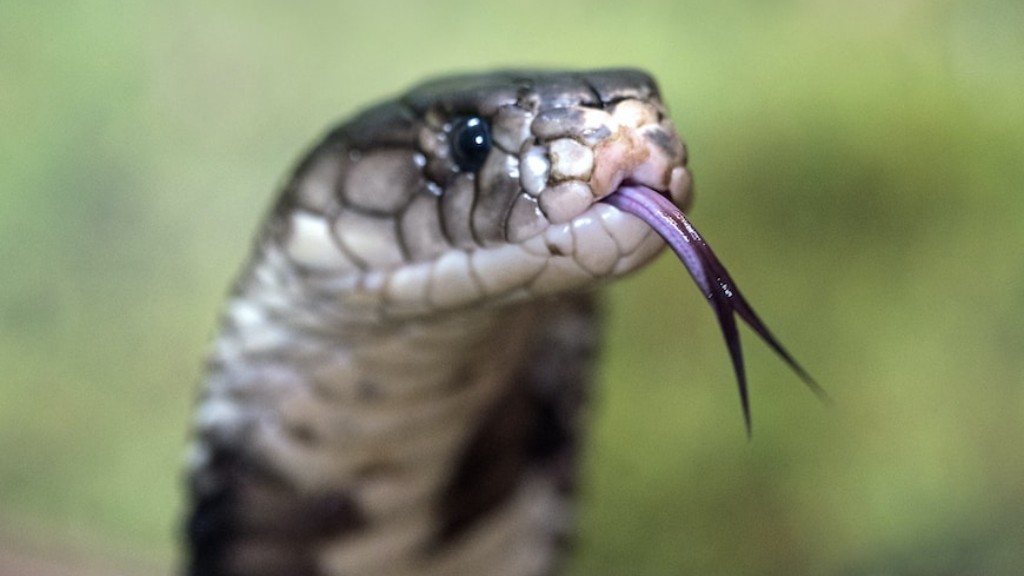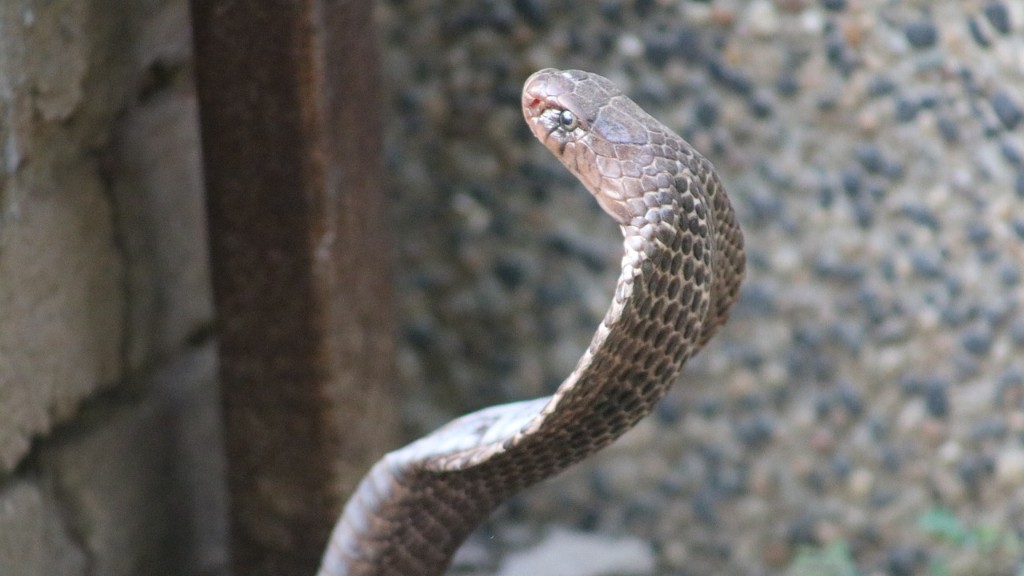Viper Snake vs Cobra Snake
The world of venomous snakes is full of fascinating creatures, each with its own unique characteristics. Two of the most iconic and feared snakes in this category are the Viper snake and the Cobra snake. While both belong to the same family, they have distinct differences in terms of their physical attributes, behavior, and venom composition. In this article, we will explore these differences and shed light on the intriguing world of Viper snakes and Cobra snakes.
Physical Attributes and Behavior
Viper snakes and Cobra snakes differ significantly in terms of their physical appearance and behavior. Viper snakes are generally stout-bodied with triangular-shaped heads and a pair of long, hollow fangs. They move by sidewinding, leaving a distinctive J-shaped trail in the sand. Viper snakes are known for their ambush hunting behavior. They patiently wait for their prey to come within striking distance before delivering a quick and powerful bite.
On the other hand, Cobra snakes are slender-bodied with a distinctive hood that they can expand when threatened. They have short fangs that are fixed and not retractable like those of Viper snakes. Cobras are active hunters and can move swiftly on the ground. When threatened, they raise their upper bodies and spread their hood, emitting a hissing sound as a warning. This behavior, coupled with their hood, gives them an intimidating appearance and has contributed to their notoriety.
Venom Composition and Effects
The venom produced by Viper snakes and Cobra snakes also differs in composition and effects. Viper snake venom is primarily hemotoxic, meaning it targets the blood and tissue of its prey. It contains enzymes that break down cell membranes, leading to tissue damage, internal bleeding, and organ failure. The venom can also cause intense pain, swelling, and necrosis around the bite site.
On the other hand, Cobra snake venom is mainly neurotoxic, targeting the nervous system of its prey. It contains neurotoxins that disrupt the communication between nerve cells, leading to paralysis and respiratory failure. The venom can result in symptoms such as blurred vision, difficulty breathing, and eventual death if left untreated.
It’s worth noting that within each snake species, there may be variations in venom composition and potency. Different geographical locations, genetic factors, and individual snake characteristics can contribute to these variations.
Geographical Distribution
Viper snakes and Cobra snakes have distinct geographical distributions. Viper snakes are found in various habitats across the globe, with different species adapted to different environments. They can be found in North America, Europe, Asia, and Africa. Some well-known Viper snake species include the Russell’s Viper, Gaboon Viper, and the Rattlesnake.
On the other hand, Cobra snakes are primarily found in subtropical and tropical regions of Asia and Africa. These regions provide the ideal climate and ecosystem for Cobras to thrive. Some notable Cobra species include the Indian Cobra, Egyptian Cobra, and the King Cobra, which is the largest venomous snake in the world.
Conclusion
In conclusion, while both Viper snakes and Cobra snakes are venomous snakes belonging to the same family, they have distinct characteristics that set them apart. Viper snakes are stout-bodied and have ambush hunting behavior, while Cobra snakes are slender-bodied with a hood and are active hunters. Viper snake venom is hemotoxic, targeting the blood and tissue, while Cobra snake venom is neurotoxic, affecting the nervous system. Their geographical distributions also differ, with Viper snakes found across various continents and Cobra snakes primarily inhabiting subtropical and tropical regions of Asia and Africa.
Understanding these differences is crucial for snake enthusiasts, researchers, and conservationists to better appreciate and protect these remarkable creatures. Further scientific research and observation are essential to unveil more about the intricate world of Viper snakes and Cobra snakes, their adaptations, and the ecological roles they play in their respective habitats.


